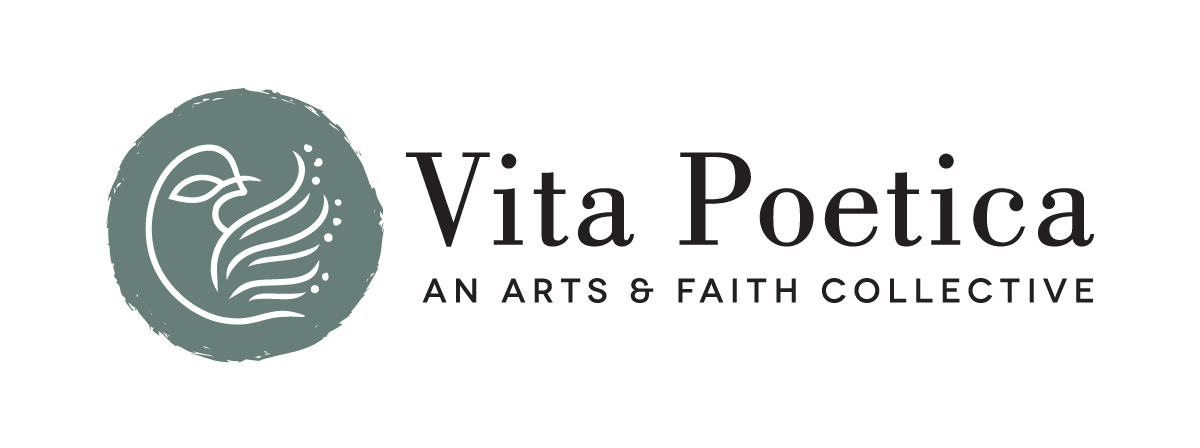An Invitation to Brilliant Multiplicities
A Letter from Co-Editor Caroline Langston
One of the great pleasures about being a middle-aged adult (and I turned 57 the day before the day on which I am writing this) is the ability to make unexpected connections, to hold in tension many things at once, and to explore their possibilities.
That’s one of the theses—or maybe one of the consolations!—that Arthur Brooks claims in his now-landmark 2019 Atlantic essay, “Your Professional Decline Is Coming (Much) Earlier Than You Think.” Whatever declines there are in laser-focused accuracy on tasks as you age, Brooks claims (and I am paraphrasing here) age and experience offer an unparalleled opportunity for synthesis, new combinations of meaning, that a more dead-set youngster could never devise.
Now, if I had to think of just one word for this issue of Vita Poetica, and only one, it would have to be Brilliance. Brilliance and brightness are everywhere, right from our cover page’s illustration of Natalya Raduenz’s joyous and dynamic painting I Am Near. Brimming with rosy pinks and ochres, the painting is a panoply of organic forms–eyes, fish, seeming kinds of underwater plants and life–scattered together and yet conjoined by metaphor, evoking sources as disparate as Wassily Kandinsky and the watercolors of Walter Anderson. As Raduenz notes in her artistic statement about her inspired and intuitive process: “The canvas becomes a veil between worlds, and the act of painting a form of communion.”
But it’s the connection, the unities in disunity, those darned unexpected juxtapositions, that really make the brilliance shine. (And here, I confess that I thought of the brilliant colors of icons popping up at the end of the four hours of gray in Andrei Tarkovsky’s Andrei Rublev, and lines like Hopkins’ “[i]t will flame out, like shining from shook foil.”
You see that in our other visual artists’ work, as well. Gerburg Garmann takes the risk of transforming her own mannered, sedate painting Daybreak via digital means until it becomes the sparkling, vivid Red Sea Symphony:
My inspiration for its digital transformation came from a rereading of the biblical Red Sea narrative. I was struck by how a single force—the wind—could serve two opposing purposes: destruction for the Egyptians and salvation for the Israelites. This powerful duality led me to wonder if my own painting could be similarly altered to signify something new and unexpected.
So many of the works in this issue show the same kinds of unexpected testing, mixing, and experimentation. In William Doreski’s poem, “These Can’t Be Real Angels,” the surreal visitation comes accompanied by, and not-entirely-in-opposition-to, the embodied humane and the draggy dark (but friendly) river of an old former mill town.
After “ . . . the angels melt away/as if wholly composed of light” (but perhaps they are not!), the narrator sits at the bench on which they’d lit, joining the real and super-real together.
One of the most playful examples of unexpected arrangement and synthesis comes in Beth Brown Preston’s poem “An All-American Girl—for Gwendolyn Brooks.” Preston offers a biography of Brooks and an origin story in different voices and registers: the testimonies of father and mother, evocations of Gospel and African-American patrimony, along with inspiration from Western high classical culture.
It’s those combinations that thus spring into the brilliance, the resonances beyond themselves. Another great example of this can be found in the poem by our departing poetry editor, Maggie Swofford. “The Door” opens to the transcendent promise inherent in nature, proffering our own transformation.
You’ll have to read the poem yourself, but take my word for it, the door is there. All you have to do is look for it, and enter it. Thank you, Maggie.
And thank you all.
